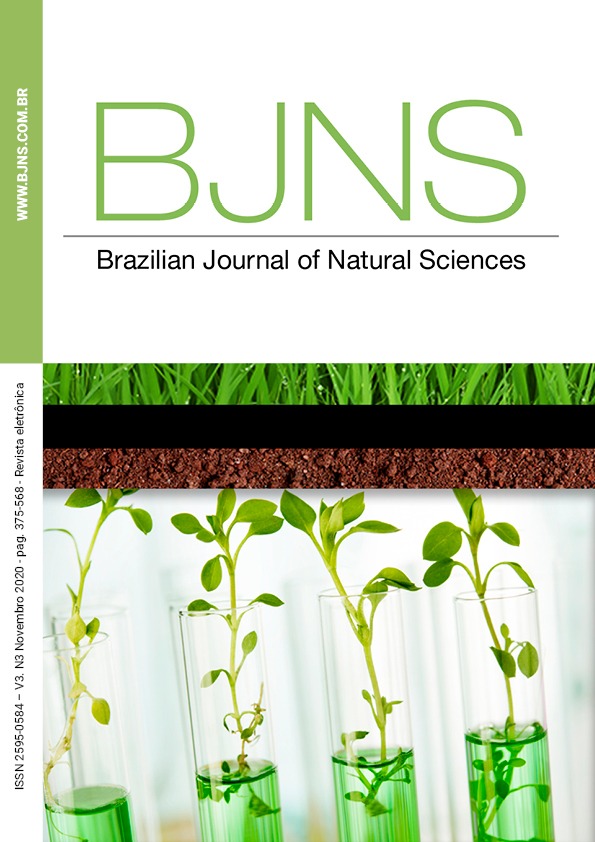Effects of organic and conventional coffee on the metabolism and body composition of Wistar rats
Main Article Content
Abstract
According to the Brazilian Coffee Industry Association (ABIC), coffee consumption increased 35% only on March. Thus, evaluating the beneficial evidence for associations between coffee consumption and the multiple health outcomes is extremely important. The present study aimed to compare the effects of organic and conventional coffee on lipid, glycidic, protein metabolism, C-reactive protein levels, urea, uric acid and body composition of male Wistar rats. The experimental study was quantitative, prospective and interventional, and was conducted with eighteen male animals distributed in three groups, each with six animals, where Group I received only water, Group II received organic coffee and Group III received the conventional coffee. The results showed that the consumption of organic coffee contributed to a protective action of the liver and the heart, which was not observed in animals that ingested conventional coffee.
Article Details

This work is licensed under a Creative Commons Attribution 4.0 International License.
Copyright Statement - Policy Proposal for Open Access Journals
Authors who publish in the Brazilian Journal of Natural Sciences (BJNS) agree to the following terms: 1 - Authors retain the copyright and grant the journal the right to first publication, with the work simultaneously licensed under the Creative Commons Attribution License allowing sharing of the work with recognition of the authorship of the work and initial publication in this journal. 2 - Authors are authorized to assume additional contracts separately, for non-exclusive distribution of the version of the work published in this journal (eg, publishing in institutional repository or as a book chapter), with acknowledgment of authorship and initial publication in this journal. 3 - Authors are allowed and encouraged to publish and distribute their work online (eg in institutional repositories or on their personal page) at any point before or during the editorial process, as this can generate productive changes, as well as increase the impact and citation of published work. This is an open access article under the CC-BY license


